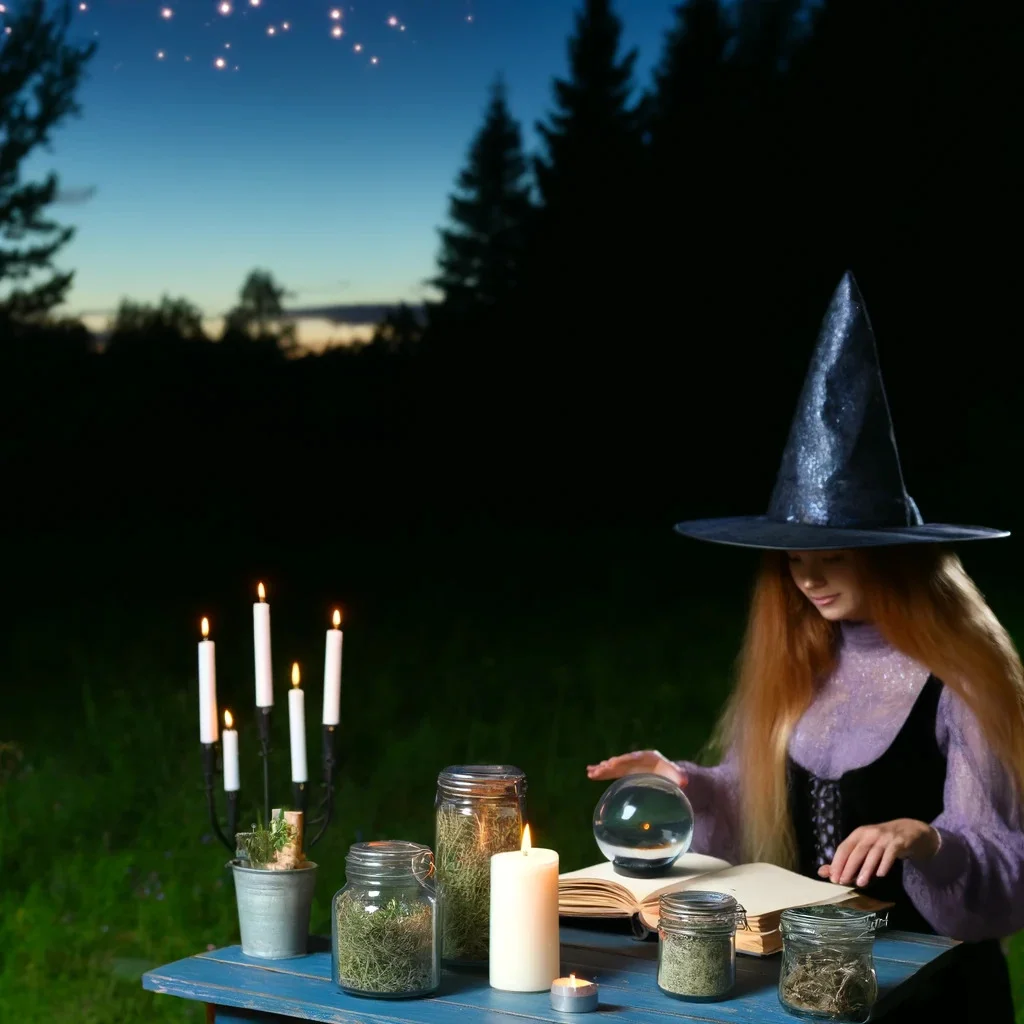As an Amazon Associate I earn from qualifying purchases.
Awaken Your Inner Magic
Begin your mystical journey into the ancient arts of witchcraft.
Learn spells, rituals, and the secrets of the craft.
Begin Your Path
What is Witchcraft?
Witchcraft is an ancient practice that connects you with the natural world and its unseen energies. Whether you're drawn to herb magic, moon rituals, tarot reading, or spellcasting, there's a path for every seeker.
At Witchcraft For Beginners, we guide you through the fundamentals with respect for tradition while embracing modern understanding. No gatekeeping, no judgment — just authentic knowledge shared with warmth and wisdom.

Your First Steps
1
Set Your Intention
Every magical journey begins with a clear purpose. What draws you to the craft?
3
Learn the Basics
Study correspondences, moon phases, and the foundations of spellwork.
4
Practice Regularly
Build your skills through consistent meditation and ritual practice.
Popular Beginner Spells
“The craft is not something we learn from books alone — it is something we remember from our souls.”
— Ancient Wisdom
Quick Start Resources
Magical Tools
Ready to Begin Your Journey?
The path of the witch is one of wonder, growth, and connection. Take your first step today.
Amazon and the Amazon logo are trademarks of Amazon.com, Inc, or its affiliates.

